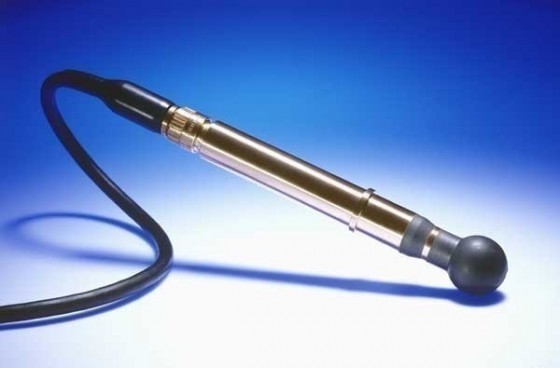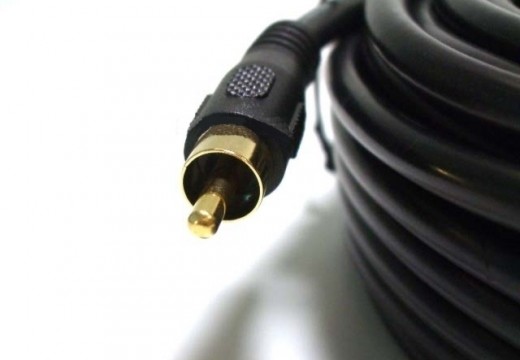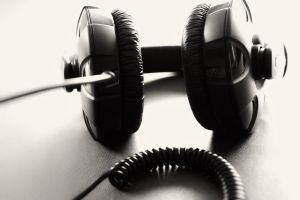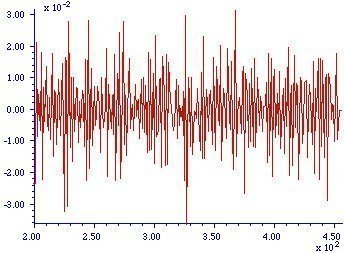A hydrophone is a type of microphone that is specifically designed to be used under water. Hydrophones depend on piezoelectric transducers to detect sound waves and other pressure waves coming from underwater vehicles, animals, and natural structures. Hydrophones were widely used in World War I, and II to detect U-boats (German submarines) and are still used today for underwater seismology, aquatic research, and recording deep sea sounds. While hydrophones can be used underground and in the air, they are specifically tuned to an acoustic impedance that is ideal for water.
How Hydrophones Work
Hydrophones depend on piezoelectric transducers to detect underwater vibrations and pressure differences. A piezoelectric transducer is a device that produces an electric current when a mechanical force is applied to it. This is because piezoelectric materials can change their shape, much like a lattice, and convert the remaining mechanical energy into electrical energy. Because sound is a form of pressure wave that physically moves particles, it produces a mechanical force as it comes in contact with a hydrophone.
Applications
Hydrophones have a wide variety of applications and remain very useful today, even though they technically became obsolete nearly 100 years ago. Hydrophones were once used to detect underwater vehicles before the invention of sonar and are now mostly used to listen to the sounds of underwater life and natural phenomena such as earthquakes, waves, and underwater volcanic eruptions. Hydrophones can also be used for navigation, underwater mapping, and communication.
Advantages
Hydrophones have several advantages that similar technologies do not. For example, hydrophones are waterproof and do not require a power source as they convert mechanical energy into electrical energy. Although other devices such as underwater cameras can work under water, they are much more expensive to operate as they need a power source. Furthermore, underwater cameras are not as accurate as hydrophones because underwater cameras must be kept in an air-tight container.
Disadvantages
Hydrophones can only listen to sounds and pressure differences. They are also limited in their ability to distinguish between multiple objects or natural phenomenon and artificial noise. While some hydrophones are connected to radio transmitters, they cannot detect, record, or transmit in real-time.




Follow Us!